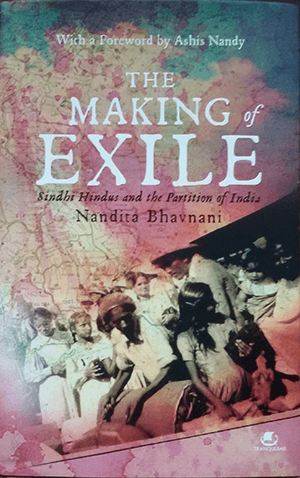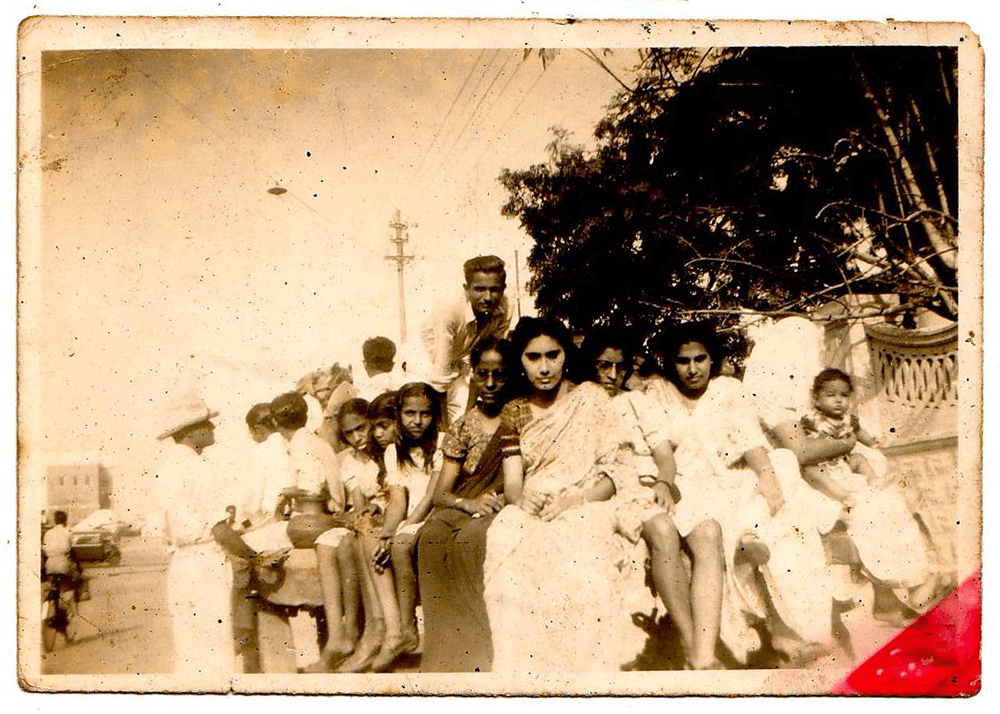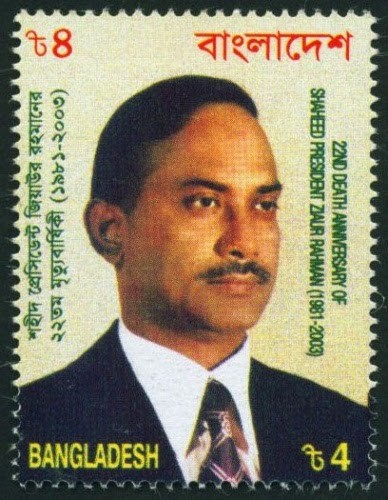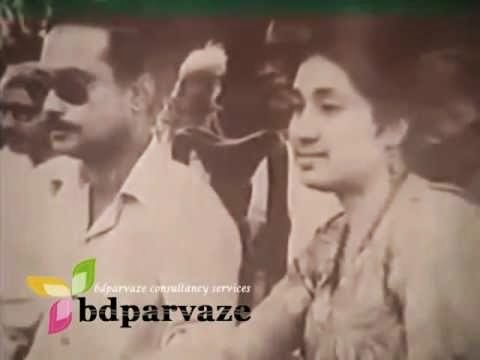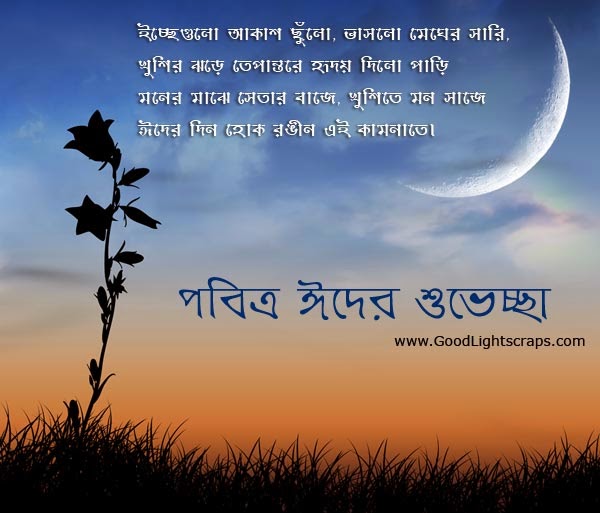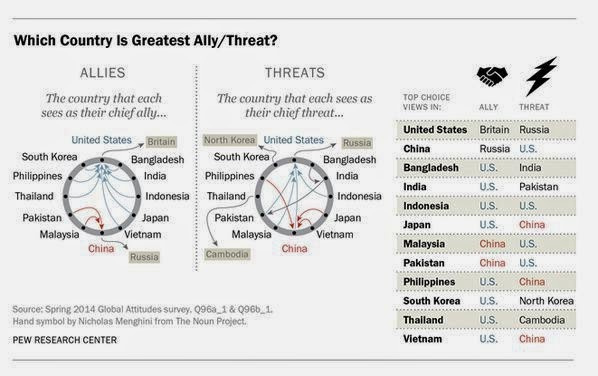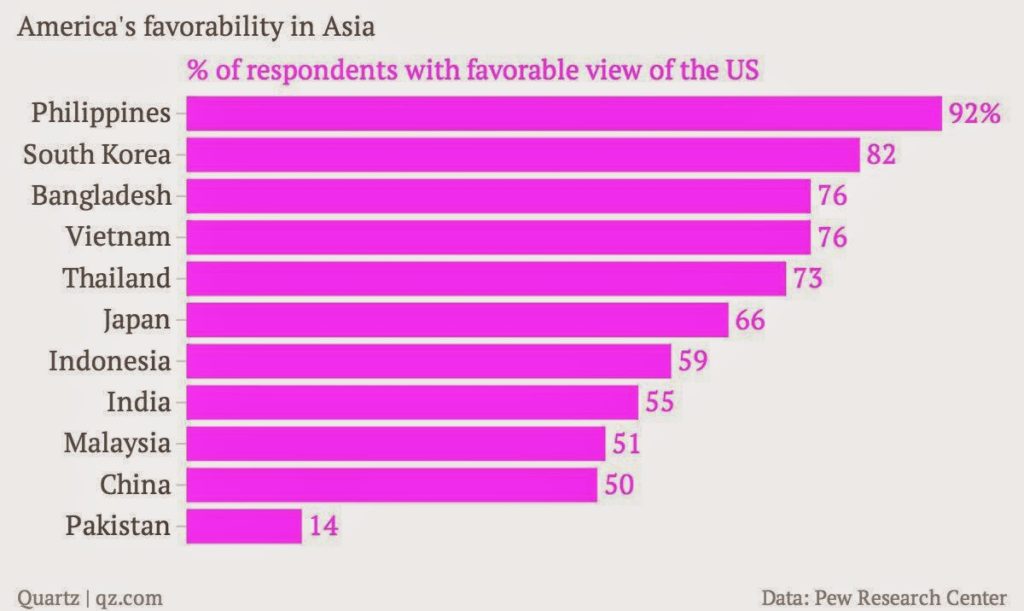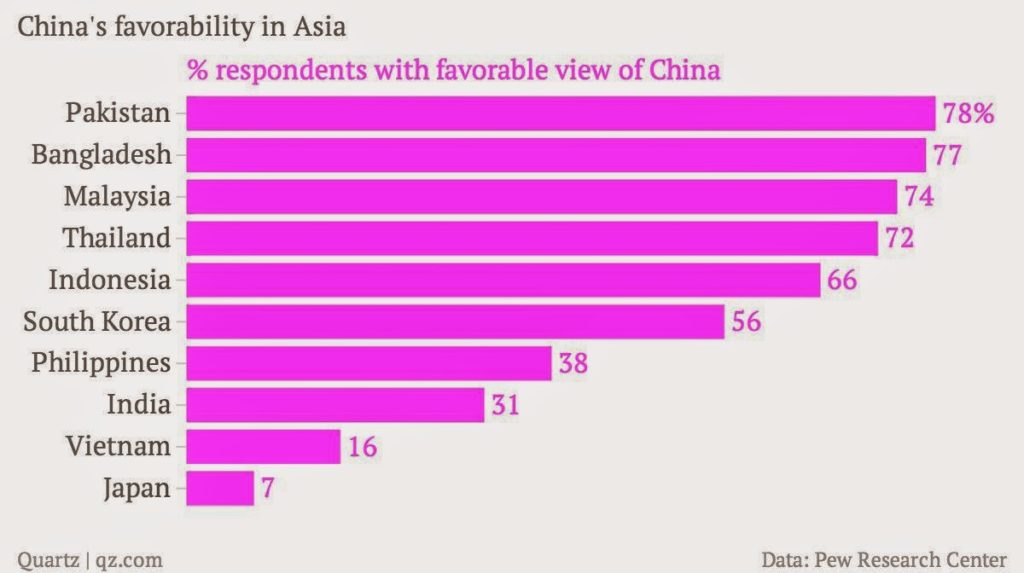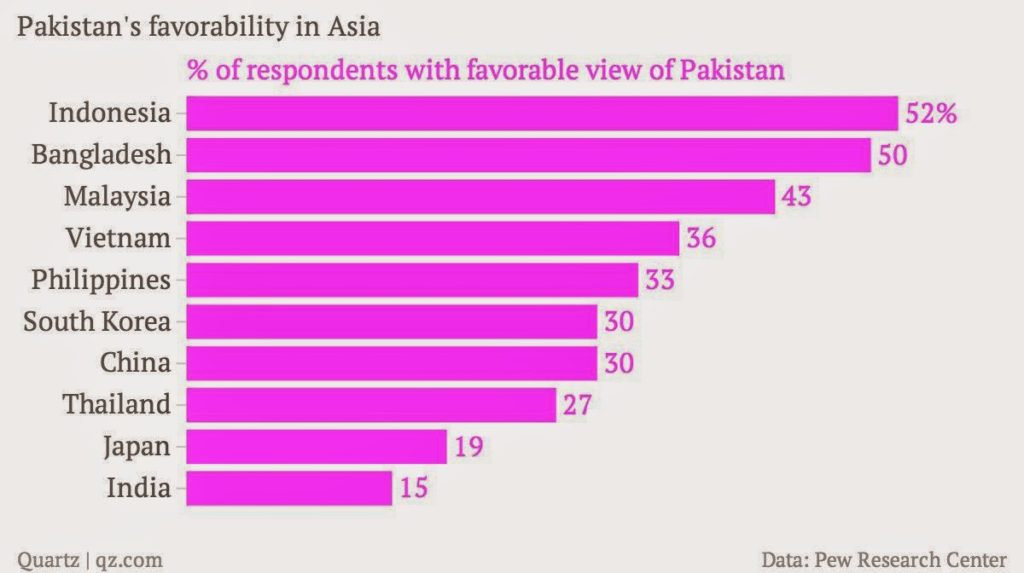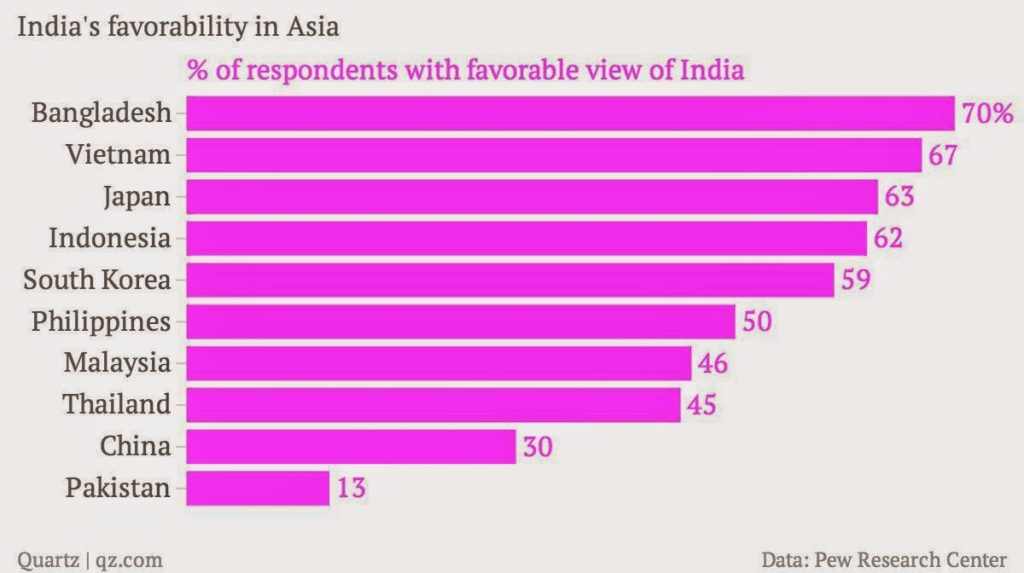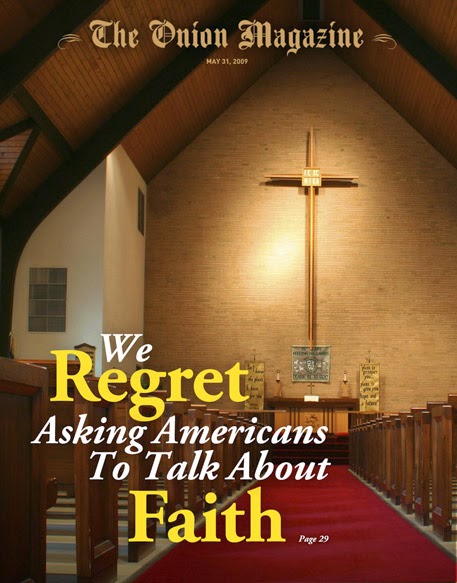…..At the service, I began my eulogy with an anecdote from a few years
earlier…..My father and stepmother were en route from New York to
Westport, Connecticut, when he began feeling ill……by the time they
arrived, an EMS crew was waiting……“How do you feel?” asked the head EMS guy.“I don’t feel so good.” “What hurts you?” “It hurts me that George Bush is president.”…..
…………
Dad, Joel Stein, was a (jewish) communist then a (jewish) progressive in middle-class America. Son, Harry Stein, was a (jewish) lefty and switched over to the evil (jewish) neo-con side. Dad would be asked by his friends: when did your son become a fascist?
…………..
…
The life-story of dad, famous playwright, memorable for his creation: Fiddler on the Roof, where crisis overtakes a tradition bound (jewish) family when a daughter falls for a gentile boy.
As Stein explains reality was not so different after all: My parents never cared that I dated out of the faith or that the
woman I married is about as Jewish as her Mayflower forebears. The only
remark on the subject I ever heard from my father (for whom the closer
to the truth, the funnier) was: “Why don’t you ever bring home a black
girl, so we can show how liberal we are?”
What we liked best was this death-bed humor from an old, tired man: It was Carl Reiner….“It’s
incredible, it should be in the Guinness book of records! I told Mel
[Brooks], and he said, ‘It’s impossible, no 98-year-old could possibly
fall down 14 steps backward and survive!’ ”…..He listened for a moment as Carl repeated
what he’d told me.….“Tell Mel,” he replied wearily, “that not only is it
possible; there are several people to whom I’d highly recommend it.”
………….
My father, playwright Joseph Stein, was so vital for so long that when
he died in October 2010, at 98, some people were actually taken by
surprise. Nearly half a century after his greatest success, Fiddler on the Roof, he had been hard at work on a new musical.
At the service, I began my eulogy with an anecdote from a few years
earlier. My father and stepmother were en route from New York to
Westport, Connecticut, where one of his old shows was being revived,
when he began feeling ill. They called ahead, and by the time they
arrived at the theater, an EMS crew was waiting.
“How do you feel?” asked the head EMS guy.
“I don’t feel so good.”
“What hurts you?”
“It hurts me that George Bush is president.”
The line drew a roar from the huge crowd at Riverside Memorial
Chapel, as I knew it would. These were his people, New York theater
folk, as reliably left a bunch as you’re likely to find anywhere outside
a university campus.
….
It was my parting gift to a man I’d loved greatly and—over the
previous decade or so, since moving to the right—had argued with
incessantly. Though anyone with a passing acquaintance with my father
knew that he was almost preternaturally good-humored, someone able to
wring a laugh from even the direst of circumstances, this was something
he just couldn’t wrap his head around.
….
It was a situation surely familiar to others in families sharply
split along ideological lines, though the generational divide generally
runs in the opposite direction. My father simply couldn’t fathom how any
thinking person, let alone someone who’d imbibed politics at his knee,
could have ended up a . . . well, he never actually used the word, at
least not directly. The closest he ever came was reporting the reaction
of a friend, one of Broadway’s better-known composers, who had come
across something I’d written: “When did your son become a Fascist?”
…
For my part, I understood his worldview far better—a Communist in
young adulthood, he’d been a proud progressive ever since—but I found
him no less frustrating. In other respects thoughtful, even wise, how
could he not see the damage that today’s aggrieved and self-righteous
Left was inflicting on the country we both loved?
….
To the contrary, having lived to see Barack Obama elected and his
health-care plan bludgeoned to passage, my father was delighted with the
drift of things. Indeed, a few months before he died, he confided, only
partly joking, what few others on his side of the political spectrum
would be honest enough to admit, assuming that they were astute enough
to grasp it: “I never moved, the Democratic Party came to me.”
….
On September 22, 1964, when Fiddler opened
on Broadway, I was two months shy of my 16th birthday. For a
stagestruck kid, the timing was perfect—I was old enough to sneak into
rehearsals on my own but innocuous enough that no one seemed to care.
I’d watched the show’s development pretty much from the beginning;
watched my father labor over the initial drafts of the script in his
office in our suburban home and rush off to meet with his collaborator
buddies, Jerry Bock and Sheldon Harnick; sat in on backers’ auditions in
our living room; slipped into those rehearsals, evading the laser gaze
of the martinet/genius director, Jerome Robbins; attended, along with my
then–best friend, Frank Rich, every performance of the show’s
Washington tryout, as new material came and went almost nightly; and at
last, sat thrilling at the New York opening—and then, the next morning,
with the appearance of the first reviews, watched the line snaking down
West 45th Street from the Imperial Theater.
….
By then, I figured that I knew everything there was to know about Fiddler, including every word of dialogue and every song cut from the production. So I was caught short by much in Wonder of Wonders,
Columbia Journalism School professor Alisa Solomon’s exhaustively
researched account of the show’s history and cultural influence, one of
several books timed to its 50-year anniversary.
Solomon uncovered memos
between my father and the composers as they struggled with the daunting
task of moving Sholem Aleichem’s Old World characters from the page to
the Broadway stage. I never knew they’d considered replacing the story
line of Chava, the daughter who breaks her father’s heart by marrying
out of the faith, with an even more tragic one about another daughter,
Sprintze; or that my father, aware that everyone in the business,
including his agent, regarded the material as “too Jewish,” toyed with
giving the daughters less “exotic” names like Rachel and Sarah; or that
early on, the show’s ending had Tevye’s family moving to America while
he, “too old” and “afraid of new things,” and knowing that “survival is
his strongest trait,” stays behind in Anatevka.
I’d long known that it
was director-choreographer Robbins who instinctively grasped that Fiddler had
to be not just about a family with marriageable daughters and unlikely
suitors but also the story of an entire people; and that, in a flash of
inspiration, he seized upon the unraveling of long-standing traditions
as the backdrop against which such a theme could play out. But the
eye-opener was how explicitly anti-tradition the show was meant to be.
…
The show left no doubt as to how vital had been the rites of the
shtetl, both secular and religious, in preserving the identity of a
despised and beleaguered people. Yet the most fiercely adhered-to
social/religious tenet of all—the injunction against marrying outside
the faith—was meant to be depicted, in a changing and more sophisticated
world, not merely as outmoded but as outright bigotry. In fact, wrote
Robbins of Tevye’s initial refusal to accept Chava’s Gentile mate, the
conditions “he has lived under have made him become as prejudice[d] as
his attackers.”
In early rehearsals, the director—who, during the run-up
to West Side Story, had segregated the actors playing Jets from
those playing Sharks—even instructed the mixed religious couple to think
of themselves as Southern blacks “buying a book in a bookstore where
blacks are not allowed.”
He told Bert Convy, the actor playing Perchik,
the revolutionary who embarks on a dangerous anti-czarist mission, to
imagine that he’s setting off to register black voters in Mississippi.
As those familiar with the show know, Tevye mostly comes around in the
end, giving his grudging blessing to the union as he and the rest of the
family embark for America. It’s a deeply affecting moment, one that, as
Solomon observes, in its depiction of “tolerance and equality as
supreme values,” nightly moved the overwhelmingly secular Jewish
audience whose experience it affirmed.
….
True to form, my father, always averse to the merest hint of the
maudlin, followed up that moment with a laugh—one equally telling, in
its way. As the two youngest daughters begin dancing about, chattering
about the trip they’re about to take, their sharp-tongued mother cuts
them off: “Stop that! Behave yourself! We’re not in America yet!”
….
The show’s ending worked, of course, Robbins’s staging of the
departure scene making it one of the most effective in musical history.
That Tevye’s love for his child finally outweighed all else gave the
show a remarkable universality. My father often described the reaction
of an audience member in Japan, where the conflict between old ways and
modernity had particular resonance: “Do they really understand this play
in America? It’s so Japanese.”
….
Of the more than a dozen Broadway shows—musicals and
comedies—that my father wrote over his long career, none ever sounded
more like him or more fully reflected his social and political views.
Every time I see the show, I’m struck by how much he’s there in
Tevye—his playfulness, his sardonic optimism, his habit (so irksome to
Golde, as it could be to my mother) of kidding around even when the
occasion calls for the utmost seriousness. But I’ve no doubt he
identified equally with Perchik, the young revolutionary and
good-natured smasher of tradition—in many ways, the noblest character in
the piece.
PERCHIK: In this world, it’s the rich who are the criminals. Someday, their wealth will be ours.
TEVYE: That would be nice. If they would agree, I would agree.
One of the odder ideological back-and-forths I had with my father
involved his abiding contempt for business and businessmen. “You make
them sound,” I laughed, “like the little guy with the monocle and top
hat in Monopoly.” For once, he didn’t smile back. “Exactly! That’s just
who they are!”
Knowing how much he’d have enjoyed it, I regret that he
didn’t live to see Occupy Wall Street.
….
My parents never cared that I dated out of the faith or that the
woman I married is about as Jewish as her Mayflower forebears. The only
remark on the subject I ever heard from my father (for whom the closer
to the truth, the funnier) was: “Why don’t you ever bring home a black
girl, so we can show how liberal we are?”
….
What might seem odd about this is that my
father’s own life was the very essence of the American dream—a Horatio
Alger tale if ever there was one, the poor, scrappy kid making it big in
America by virtue of talent, hard work, and moxie. A child of
immigrants who never mastered the language or any but the rudiments of
American life—and never had to, so self-sufficient was their
Yiddish-speaking neighborhood—he was passionately engaged by this
wondrous country from the start. I have a diary he began at 15, in 1927.
On page after page, he goes on excitedly about the events of the day,
the plays and novels he’s been reading, the latest bon mots of columnists in the New York World, and the fortunes of his beloved New York Giants.
….
Then, again, the explanation is pretty straightforward. To be New
York Jewish in the first third of the twentieth century, living entirely
among refugees from the poisonous anti-Semitism of Eastern Europe and
their offspring, was by definition to wind up on the left—accepting as a
given that the world was basically divided into exploiters and
exploited, the selfish and those working for the betterment of all; the
only question was how far one wished to go.
It wasn’t until my father graduated from James Monroe High School
(class of ’29) and started commuting to City College that, having
rejected his parents’ religious orthodoxy, he adopted leftist politics
as his defining creed. In those Depression years, CCNY was the
campus for radical activism, with Communists in the lead. My father (and
mother, and everyone else in their circle) seems to have uncritically
accepted that, if perhaps not the paradise on earth proclaimed by some,
Stalin’s Russia was certainly the best hope for humankind.
….
Four decades later, when, though still on the left myself, I’d ask
them how they could have been so credulous as to accept the approved
line on the Soviet show trials of the 1930s or gone along with the
Party’s about-face on the Nazi threat after Stalin’s notorious pact with
Hitler, my father would revert to jokester mode. How could anyone not
trust Stalin, he would ask, with that “cute mustache”?
But my mother
would get wistful, talking about the idealism of those years and how far
ahead the Communist Party was on civil rights—with its defense of the
Scottsboro Boys and other victims of virulent racism—and on women’s
rights. In fact, it was the Communists who’d coined the term “sexism,”
she said. More than a few in their crowd underwent abortions—including
her. Once, when I asked her what she thought of Gone with the Wind, she said she’d never seen it. “I was out front picketing.”
….
Little wonder that, within a few years, like so many other “red
diaper” babies, I emerged as a leading troublemaker on my college
campus; or that, a few years after that, just out of journalism school
and intent on writing a book, I chose as my subject an oral history of
the American Communist Party. Tentative title: Saving the World Together.
Thankfully, it never came to pass.
But I do have to live with the
embarrassment of my first published magazine piece, an interview with
Earl Browder, the Party’s elderly former head. It appeared in the
December 1971 issue of my favorite magazine, American Heritage.
Having dragged my reel-to-reel tape recorder out to Princeton, where
Browder lived with his son, the head of Princeton’s mathematics
department, I sat nodding as he lied to me about everything from the
Party’s independence from Moscow (total!) to the innocence of the
Rosenbergs.
…..
Since, by the 1950s, my parents were basically Stevenson Democrats,
it had taken me a while to learn about this aspect of their past. It
began to come out when I was in sixth grade. I had a wonderful teacher,
Mr. Hubley, who would often fulminate about the evils of Communism, with
particular emphasis on Nikita Khrushchev—regularly identified as “a
cold-blooded murderer”—and the Red Chinese.
I was going on about the
Chinese one evening at dinner when I noticed my parents exchanging
concerned looks—red-baiting at their own dinner table!—after which they
cautiously explained how, not long ago, the people of China had been
starving. So I should bear in mind, they counseled, that Mao Tse-tung
and Chou En-lai had also done some very fine things.
….
My political education continued in 1960, when I was called upon to
debate on John Kennedy’s behalf in history class against some kid
representing Nixon. The night before, my father offered a primer on what
a vile monster the Republican candidate was, closing with a key piece
of advice: “If you get in trouble and don’t know what to say, just ask,
‘What about Alger Hiss?’ ”
I wasn’t sure what that meant, but the next
day, I used the line—and was gratified to see our teacher nodding in
agreement, before declaring me the winner a few minutes later. This was
my first clue about how much it can pay off to be on the left.
….
Within a few years, I was savvy enough to challenge my father, or at
least give him a hard time. There was, for instance, the evening I first
ran across that old diary of his in the bottom drawer of a filing
cabinet. I read it in wonder, startled that at my age, he could know so
much and write so well.
Wandering to my parents’ bedroom, I found my
father watching TV and asked, “Dad, do you remember the Sacco and
Vanzetti case?”
“Of course I do.”
“What did you think at the time?”
“What do you think? I was a good left-wing kid—I completely supported them.”
…..
At which point, I started reading him entries from the diary, starting with:
“Aug. 10, 1927. A subway station has been bombed in London. This is
the sixth of a series of bombings this week, a protest against the
sentence against Sacco and Vanzetti. . . . The efforts to save them have
resulted in damage more costly than the lives of these two men, it
seems. Editorial writers are storming about ‘Justice for all’ and
‘reasonable doubts,’ radicals are threatening destruction to the nation,
lawyers are arguing about ‘constitutional rights.’ . . . I cannot see
the reason for terming the guilt ‘reasonable.’ I would call this ‘Much
ado about nothing!’ ”
….
By now, my father was fuming, demanding that I hand over the diary,
but I skipped away, keeping it at arm’s length. “Aug. 23,” I continued.
“Sacco and Vanzetti are executed at last. It is about time. All these
reprieves only excited radical sentiment all the more. Now there will be
a hubbub which will gradually simmer and die down. Then, the case will
be generally forgotten. This should have been done a long time ago.”
….
That my father wasn’t blacklisted was
largely a matter of happenstance. He originally wanted to be a
journalist, but as the Depression deepened, he instead became a social
worker, remaining one for nearly a decade. He didn’t so much fall into
comedy writing as grab at the flimsiest reed of possibility.
At a Bronx
dinner party of fellow thinkers, another guest, a small-time comic named
Zero Mostel, mentioned that he’d just landed a local radio show and
could use some funny sketches. “I write those,” my mother was astonished
to hear my father pipe up. Back home late that night, he wrote his
first. Within a few years, he’d quit social work and was writing for
radio full-time, and several years after that, with TV taking off, he
joined Sid Caesar’s legendary writing staff.
….
By then, the blacklist was established fact, but in Caesar’s shop, at
least as my father told it, it was less a source of terror than a game
of keep-away, with the willing participation of the network brass.
…
“Every so often, some NBC functionary would call asking why no one had
signed the loyalty oaths, and we’d say we lost them, so they’d send over
another batch, and we’d immediately lose those.”
Presumably, my father
never found himself under more direct threat because, as a social worker
during most of his time in the Party, and a member of the Bronx rather
than the Manhattan branch, he was not well-known to many in the business
(including those naming names).
…
Not everyone we knew was so lucky. One of my earliest memories is of a
writer-director named Aaron Reuben, a close friend of my parents and
one of the sweetest guys in the world, hiding out in our suburban home
to avoid a subpoena. Aaron would go on to produce such subversive
programming as The Andy Griffith Show, Gomer Pyle, and Sanford and Son.
….
This is the conception of the blacklist with which I grew up, and the
one that has generally taken on an aspect of religious truth in the
decades since: that it was an unconscionable targeting by the
reactionary Right of entertainment-industry progressives, singled out
for their enlightened views.
And, to be sure, a great many of those
whose careers and lives were wrecked by the blacklist fit the
bill—guilty, whether Communists or not, of nothing at all, save possibly
naïveté; and, yes, often their persecutors were not just indifferent to
the constitutional niceties but, as products of the opposite end of the
yawning American cultural divide, clumsily unknowing about who or what
they were dealing with.
….
Only years later did I come to grasp, as the formulation has it, that
some of the witches were real; or at least, that they were less
principled idealists than pitiless ideologues and
apparatchiks-in-waiting for their dream of a Sovietized America. There
was, for instance, V. J. Jerome, who, as the Party’s longtime cultural
commissar, served as its ideological enforcer and hatchet man in
Hollywood.
As Howard Husock has chronicled in these pages, the Communist
effort to harness “culture as a revolutionary tool,” using left-leaning
artists and intellectuals “to insinuate the Marxist worldview into the
broader culture,” found its “bluntest expression” in Jerome’s pamphlet
“Let Us Grasp the Weapon of Culture.” (See “America’s Most Successful
Communist,” Summer 2005.)
Husock focused on Pete Seeger and the singer’s
attempts to bring that aim to fruition in the musical realm, and it’s
shocking to learn of the extent to which he succeeded; just as it is
startling (and amusing) to know that screenwriter Lester Cole,
blacklisted as one of the Hollywood Ten, once put Spanish Communist icon
La Pasionara’s famous cry that it was “better to die on your feet than
live on your knees” into the mouth of a high school football coach.
….
My father, for all his political conviction, regarded such
propagandizing as offensive and bizarre. His allegiance always was to
the work, his comic sensibility, as Solomon observes, grounded “in the
absurdity of situations and in the sure-fire Jewish outsider stance.”
While the stories he told reflected his values, his characters were his
most honest expression of what those people would say and do.
This was
as much the case when, in late middle age, he was writing the musical Zorba—its title character intent on resisting the ravages of time—as it had been with Tevye or Perchik.
His closest friends in the business were the same way: very funny and
very liberal. Leaving New York for Hollywood, they became the
generation that revolutionized television comedy. In doing so, almost
inadvertently, by being true to themselves, they played a key role in transforming—and liberalizing—American culture.
…..
The show that irrevocably altered the family sitcom was the one created by Rob’s father, Carl, the much beloved Dick Van Dyke Show.
As old friends and New Rochelle neighbors of the Reiners from the
Caesar years, we were fans from the first episode, and we always got a
special thrill when Mary Tyler Moore’s Laura mentioned that someone
wasn’t around because they were “over at Sadie and Joe Stein’s.”
Set
equally in our hometown and my father and Carl’s old workplace, the show
not only sounded like us—no talk of malt shops here—but it was also
unmistakably, if subtly, liberal in the best, generous-spirited (which
is to say, now nearly antique) sense of the term. One of its most
memorable episodes, the premiere of season three, had a younger Rob
Petrie, in flashback, nearly hysterical because he’s convinced that
they’ve brought home the wrong newborn from the hospital, their infant
having been confused with one named Peters.
At the end, he opens the
door to greet the Peterses—and they’re black. This was still daring
stuff for a sitcom broadcast nationwide, just a month after the March on
Washington. As the New York Times observed on the episode’s 50th
anniversary, it “perhaps nudged the needle of social change toward
integration and inclusiveness.”
As Andrew Klavan observes, it is now “almost an
unwritten law of Hollywood that any glancing reference to real-life
politics in a film or television show must be slanted left.” Just as
viewers can safely assume that the straightlaced businessman on
contemporary crime shows will turn out to be a bad guy, it’s an
excellent bet that, far from knowing best, today’s sitcom dad will be a
hapless lunkhead, while his fictional kids will be gung-ho
environmentalists.
………..
If Ned Flanders of The Simpsons stands as TV’s idea of a do-gooding religious traditionalist, no one is fairer game on award-winning shows like 30 Rock or Parks and Recreation
than real-life conservative pols, with Sarah Palin an especially
attractive piñata. (Of course, President Obama is off-limits.)
For some of us on the right, this is a profound source of
frustration, a key reason that we are not only losing the culture war
but not even in the game. The problem is not so much a lack of comic
targets on the left—why not a sitcom set on one of today’s insanely
politically correct campuses or in a lapdog mainstream newsroom? Why no
gags at the expense of a Joe Biden or Harry Reid?—as it is a shortage of
network executives and creative types to make it happen.
……..
I never discussed any of this with my father. While he agreed that
there was too much pointless sexual innuendo on lots of today’s shows—he
hated cheap laughs like poison—he otherwise wouldn’t have grasped what I
was complaining about. Like most everyone else on the left, he saw the
attitudes and values so pervasive on TV today as unobjectionable, since
they mostly reflected his own. And, as far as comedy was concerned, all
that mattered to him was whether something was funny—and with that,
politics notwithstanding, I wouldn’t have vigorously argued.
….
It’s not as if we didn’t have enough to fight about, anyway. We could
go back and forth about almost anything—Giuliani or the Clintons, the
Koch brothers or Michael Moore, Rush Limbaugh or the New York Times;
global warming or the Middle East or race. For a while, the most
innocuous comment was apt to trigger an outburst. One of our ugliest
fights, over dinner in an Italian restaurant, involved the Duke lacrosse
scandal, set off by the sight of a kid at another table wearing a
Carleton College lacrosse T-shirt.
….
When I was a liberal, he’d taken pride in the pieces I published in places like the New York Times and
in the invariably favorable reviews of my books in that revered
publication. Now, I often maintained a discreet silence about what I was
writing; he learned of the existence of one book, a largely comic take
on conservatives marooned among the smugly intolerant in America’s
deepest blue precincts, only a month after it appeared—with predictably
unhappy results. And this time, “Relax, Dad, at least it’s funny” didn’t help.
….
More than once, we got into it about Israel, too. My father, who
never would have brooked a word against the Jewish State when I was
young, was now just as adamant that in its treatment of the
Palestinians, Israel had turned away from a reverence for justice that,
for him, was the essence of Jewish identity. He blamed the despicable
pols of the Israeli right, the “religious crazies,” and, especially, the
“racist” settlers.
….
Still, even knowing his feelings on the subject, I was caught by surprise at the premiere of Fiddler’s
2004 revival by a change he’d made to the dialogue. It occurs late,
when the Jews, expelled from Anatevka, are bidding one another farewell,
and Yente is asked where she’s going. She’d long replied: “I’m a
matchmaker, no? I’ll arrange marriages, yes? Children come from
marriages, no? So I’m going to the Holy Land to help our people increase
and multiply. It’s my mission.” But, as Solomon observes, since those
lines might have been taken “as an endorsement of the idea of a
‘demographic war,’ ” Yente is now going to the Holy Land because “I just
want to go where our foremothers lived and where they’re all buried.
That’s where I want to be buried—if there’s room.”
…..
Indeed, each time I saw my
father, we began afresh. And particularly toward the end, we battled
less, as for different reasons—he for the fun of it, I because so much
of it was new—we were both eager to talk instead about the old days: his
start in radio, the remarkable range of showbiz luminaries he’d known,
the early years of TV comedy, the ups and downs of his many shows.
…..
So it’s unfortunate, if oddly appropriate, that our last exchange was
an unpleasant one about politics. It was October 2010, a few weeks
before the midterm elections, and sitting up in his hospital bed, he
asked, “If you lived in Delaware, you wouldn’t vote for that idiot
Christine O’Donnell, would you?”
“Well, Dad,” I replied, “I’m afraid I’d have to.” Just as, disbelieving, he started furiously to object, we were
interrupted by a nurse, shooing me from the room to perform some tests.
The next time I saw him, he was in a coma.
That’s why I prefer to remember another episode, in a different
hospital room not long before. Trying to do too much, both hands full,
he’d fallen backward down a long flight of stairs, landing on his
shoulder. He was to have surgery the next day, when the phone on his
bedside table rang, and I picked up. It was Carl Reiner. “I heard what
happened to your dad,” he exclaimed, more excited than alarmed. “It’s
incredible, it should be in the Guinness book of records! I told Mel
[Brooks], and he said, ‘It’s impossible, no 98-year-old could possibly
fall down 14 steps backward and survive!’ ”
….
I tried handing the phone to my father, but he demurred, whispering
that he was too tired. But I knew his old friend would cheer him up, so I
held the receiver to his ear. He listened for a moment as Carl repeated
what he’d told me. “Tell Mel,” he replied wearily, “that not only is it
possible; there are several people to whom I’d highly recommend it.”
…….
Link: http://www.city-journal.org/
…..
regards
